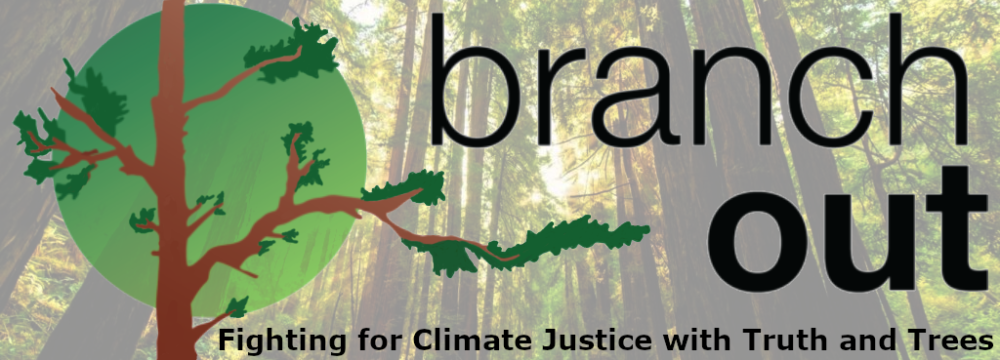In 2018, each of us has been told by now to lower our carbon footprint. Taking public transportation instead of driving, saving electricity by turning off lights and devices, and eating less meat are common ways to reduce the number of greenhouse gases we are responsible for. These are all good practices but we can also take steps to fight climate change with carbon sequestration!
Carbon sequestration is the process by which carbon dioxide is absorbed from the atmosphere and stored in a solid or liquid form, instead of the gaseous form that contributes to global warming. Ever since life began, plants have been doing this naturally. Here are a few simple ways that you can fight climate change with carbon sequestration.
Start composting
If you have leftover food scraps, yard waste such as grass clippings or other organic matter, composting is the most environmentally friendly way to recycle these materials. Research from UC Berkeley has found that when organic matter is composted it absorbs carbon from the atmosphere in the process of decomposition and stores it in the soil. When leftover food is dumped in a landfill, however, it releases methane which is another greenhouse gas.
So if you have a garden, be sure to start composting and you will not only have organic fertilizer for your soil, you will be taking a small step to offset the excess carbon dioxide in the atmosphere. If you do not have a garden, consider starting one. Or, if gardening is not possible, you can start buying your food from certified organic farms that use compost to help their crops grow.
Plant redwoods or other giant trees
Redwood trees are not only beautiful and long-lasting, research shows that they could be an incredibly powerful tool to fight climate change with carbon sequestration. Redwoods are the best tree we know of in terms of the amount of carbon they are capable of storing. That is why Branch Out formed to plant as many redwoods as we can to mitigate the climate crisis.
One thing you can do is donate to Branch Out, and your money will go directly toward planting more redwoods. If you live on the west coast where redwoods grow, consider growing one in your own backyard. The Redwood Forest Institute has a nice guide to get you started planting trees on your own. If you do not live somewhere that redwoods can grow, do some research to find out which trees that grow in your area are best at storing carbon.
Help protect the oceans
One more major potential contributor to carbon storage is the ocean. Research has shown that phytoplankton can store as much carbon as the forests, and plants that grow on the ocean floor can also absorb large amounts of carbon. You can grow phytoplankton at home if you want to, but it is more important to preserve the ocean ecosystem so that plankton continue to thrive naturally.
Today, our oceans are under threat from all kinds of pollution that can decimate wildlife. President Donald Trump recently proposed expanding offshore oil drilling around the country, including off California’s coast. You can take action today by contacting your elected officials and telling them to protect the oceans. Organizations such as Greenpeace also have comprehensive ocean action plans, so check them out if this is the issue you want to get involved in to protect the oceanic organisms that store carbon, and entire ocean ecosystems too!
Is carbon sequestration enough?
With the amount of carbon dioxide in the atmosphere at 410 parts per million, we are unfortunately probably going to see the effects of climate change get worse before they get better. To return the atmosphere to a more stable carbon dioxide concentration — about 350 parts per million according to some scientists — we have to both pursue carbon sequestration and stop using greenhouse gases. That means we need to implement massive carbon sequestration programs and replace oil, coal and gas with renewable energies like wind and solar. Together these strategies can stop the climate crisis. We all have a long way to go, but hopefully, this article has given you some guidance on starting to fight climate change with carbon sequestration.


With thanks! Valuable information!